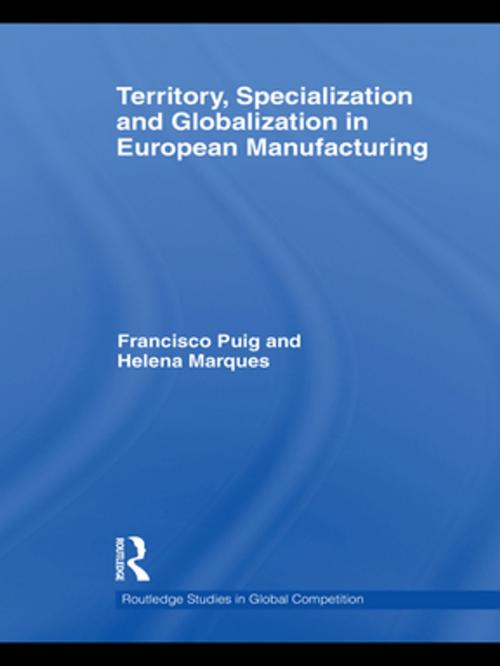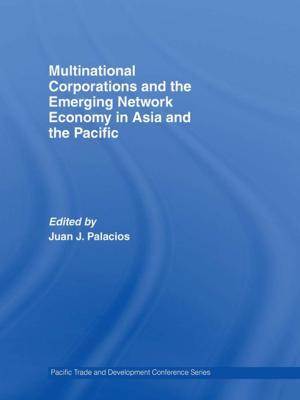Territory, specialization and globalization in European Manufacturing
Business & Finance, Career Planning & Job Hunting, Entrepreneurship, Entrepreneurship & Small Business| Author: | Helena Marques, Francisco Puig | ISBN: | 9781136922732 |
| Publisher: | Taylor and Francis | Publication: | October 4, 2010 |
| Imprint: | Routledge | Language: | English |
| Author: | Helena Marques, Francisco Puig |
| ISBN: | 9781136922732 |
| Publisher: | Taylor and Francis |
| Publication: | October 4, 2010 |
| Imprint: | Routledge |
| Language: | English |
Although traditional manufacturing (textiles, clothing, footwear, furniture, etc) has been in decline in developed countries, it still represents an important part of European employment due to its labour-intensive character. Moreover, its geographical concentration particularly exposes certain regions of Europe to job loss as the industry declines. This book provides an explanation for the differences observed in the impact of globalization which is based on the influence of the territory and of the production specialization of the firms. The conclusions presented in the book are withdrawn from a detailed study of the Spanish textile-clothing sector.
The book highlights the intensity of the relationship between the organizational model of the territory where the firms are located (high concentration of interrelated firms in a well-defined geographical area called "industrial district"), the specialization strategy implemented and the globalization of the economy. It also suggests the need to consider those factors as interdependent determinants of firm performance, particularly given the current trend for firms to simultaneously concentrate geographically and multilocalize domestically and internationally. The proposed methodology of analysis can be used to study other manufacturing sectors in other European countries.
Although traditional manufacturing (textiles, clothing, footwear, furniture, etc) has been in decline in developed countries, it still represents an important part of European employment due to its labour-intensive character. Moreover, its geographical concentration particularly exposes certain regions of Europe to job loss as the industry declines. This book provides an explanation for the differences observed in the impact of globalization which is based on the influence of the territory and of the production specialization of the firms. The conclusions presented in the book are withdrawn from a detailed study of the Spanish textile-clothing sector.
The book highlights the intensity of the relationship between the organizational model of the territory where the firms are located (high concentration of interrelated firms in a well-defined geographical area called "industrial district"), the specialization strategy implemented and the globalization of the economy. It also suggests the need to consider those factors as interdependent determinants of firm performance, particularly given the current trend for firms to simultaneously concentrate geographically and multilocalize domestically and internationally. The proposed methodology of analysis can be used to study other manufacturing sectors in other European countries.















